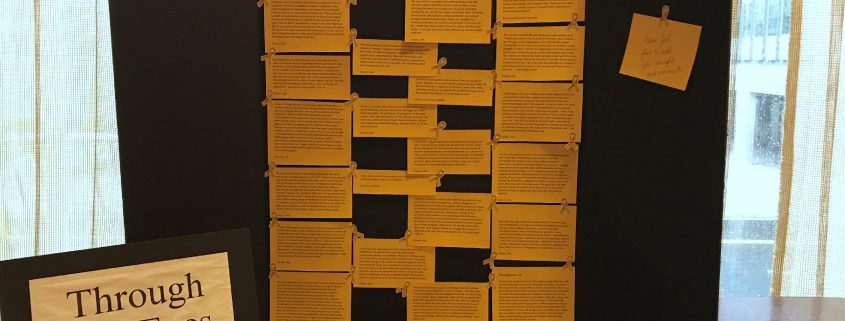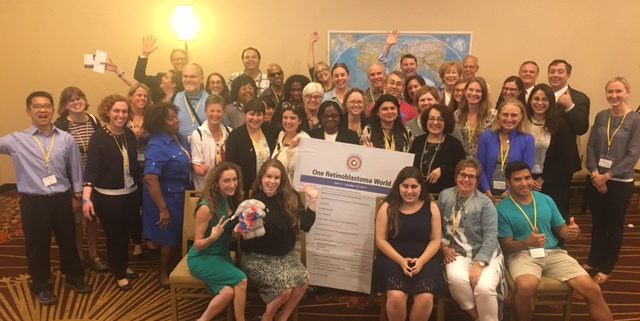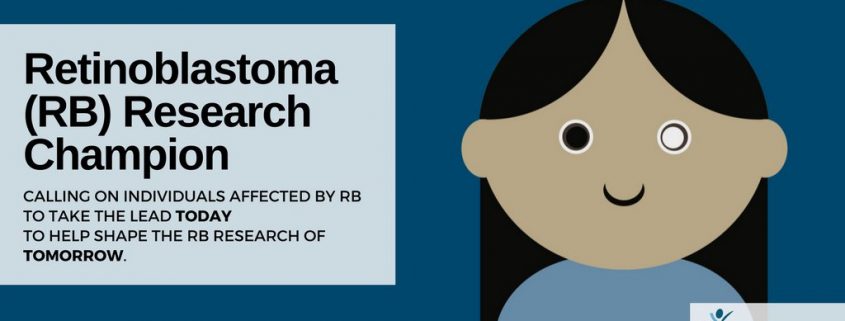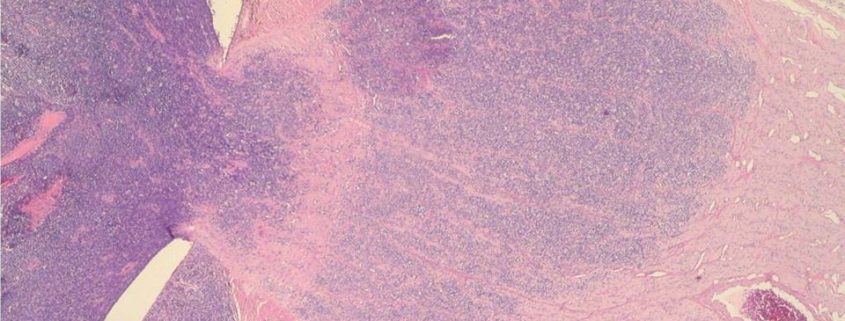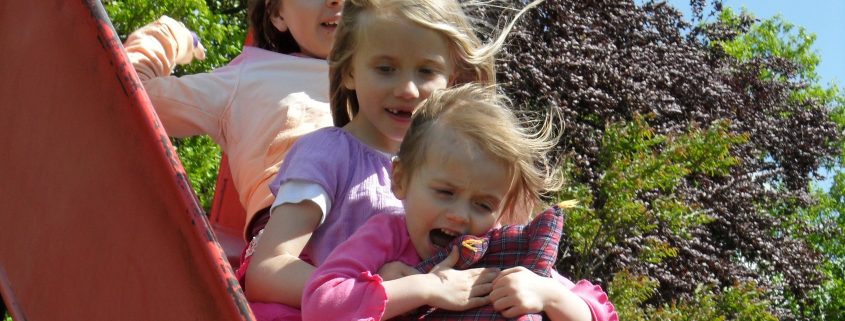Through Our Eyes at One Retinoblastoma World 2017
Parents and survivors shared their thoughts on the “Through Our Eyes” wall at the One Rb World meeting in Washington D.C., 9-11 October 2017. These powerful insights were gathered anonymously via this website during September 2017, and highlight wide-ranging concerns.

